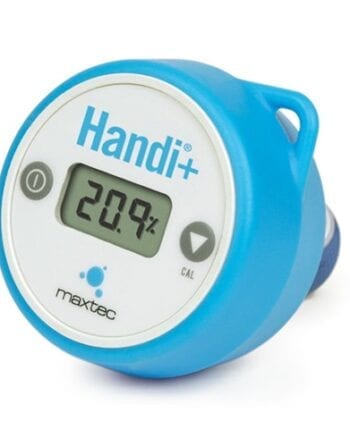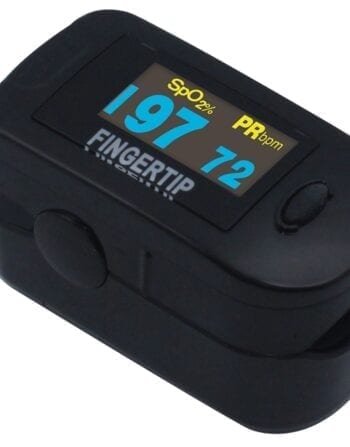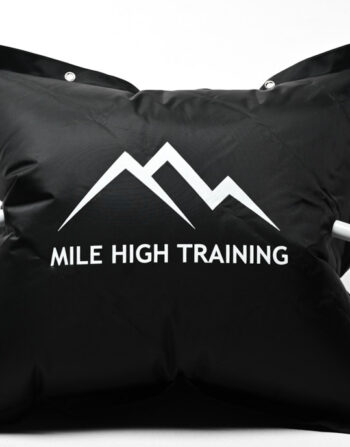Altitude Rehab
Next Level Re-Conditioning
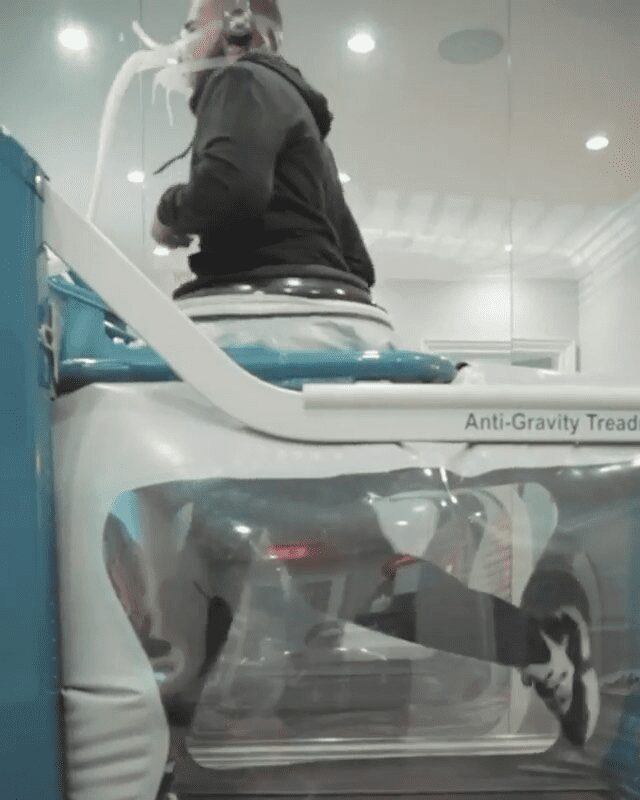
WHY USE ALTITUDE FOR REHAB/ RE-CONDITIONING?
Altitude Rehab consists of Exercising at altitude, sleeping at altitude or performing IHB during throughout the rehabilitation process. The basic idea is to utilize low-oxygen as a cardiovascular stimulus when athletes are not able to train on the field or at peak intensity. While many athletes struggle to get back into shape after injury, Altitude Rehab accelerates the re-conditioning process, providing maximum aerobic benefit while minimizing impact and stress on the body. Altitude Rehab can be performed with any stationary training equipment or simply through IHB breathing.
BENEFITS OF ALTITUDE RE-CONDITIONING
Return to peak conditioning faster than ever before
Increase aerobic output with minimal physical exertion
Increase cardiovascular fitness while injured
Maximize aerobic output while minimizing physical stress
Re-condition faster than sea-level training
Reduce training load while boosting fitness


BENEFITS OF ALTITUDE RE-CONDITIONING
Return to peak conditioning faster than ever before
Increase aerobic output with minimal physical exertion
Increase cardiovascular fitness while injured
Maximize aerobic output while minimizing physical stress
Re-condition faster than sea-level training
Reduce training load while boosting fitness
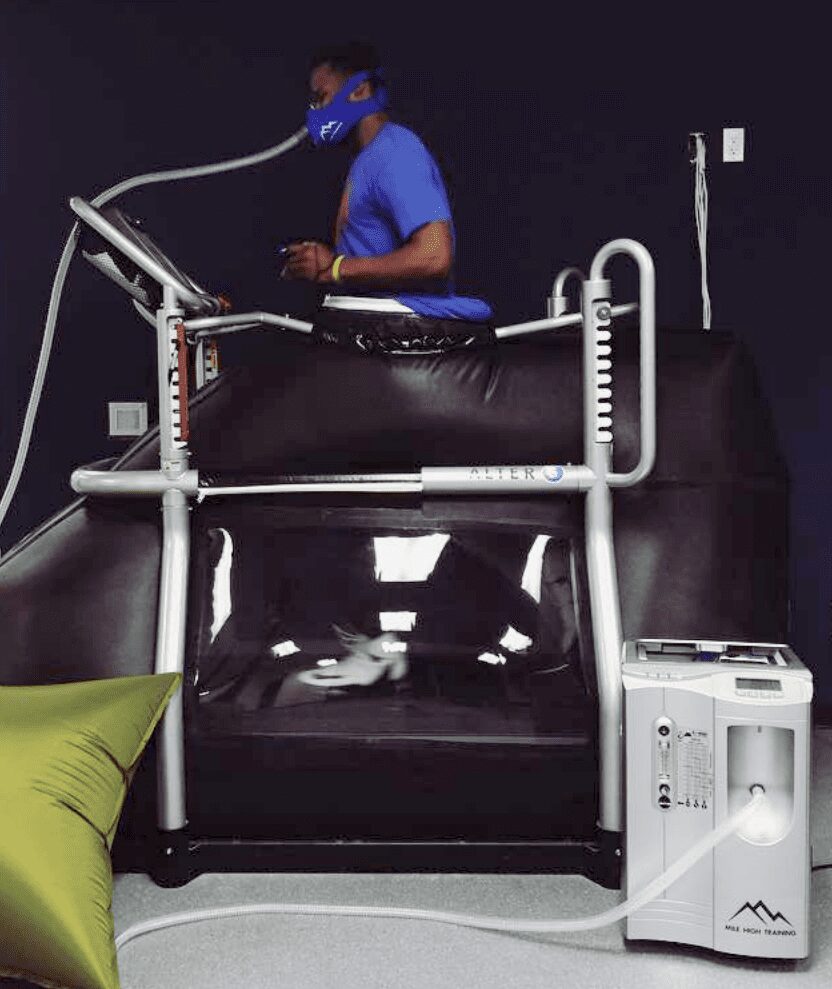
ALTITUDE AND ANTI-GRAVITY TREADMILLS
Reduce impact and boost cardio by combining low-oxygen, hypoxic training with the Alter G Anti-Gravity Treadmill. A growing trend among professional sports teams and physical therapy centers, combining altitude with any low-impact cardio equipment enables individuals to get their fitness levels back faster than traditional methods.
This novel approach of accelerating re-conditioning via altitude exposure provides the cardiovascular stimulus to be able to return to form without the normal wear and tear associated with “getting back into game shape”. With this technology, individuals can run or walk with nearly no physical impact or stress but still receive a fantastic cardiovascular workout.
By accelerating the re-conditioning process, athletes can focus more exclusively on their sport-specific skills, making sure they’re ready to return to play in top form.
ALTITUDE AND COMPRESSION BOOTS
Combine stationary leg recovery systems with altitude exposure during your treatment sessions! Also a growing trend among pro sports teams and physical therapists, altitude exposure via IHB enables athletes to recover while at the same time stimulating the cardiovascular system. The idea is simple – sit and enjoy leg recovery while breathing low-oxygen air in 5 minute intervals. Protocols can range from 30-60 minutes and when you are done, you have just boosted your aerobic capacity, saving you time and effort down the road.
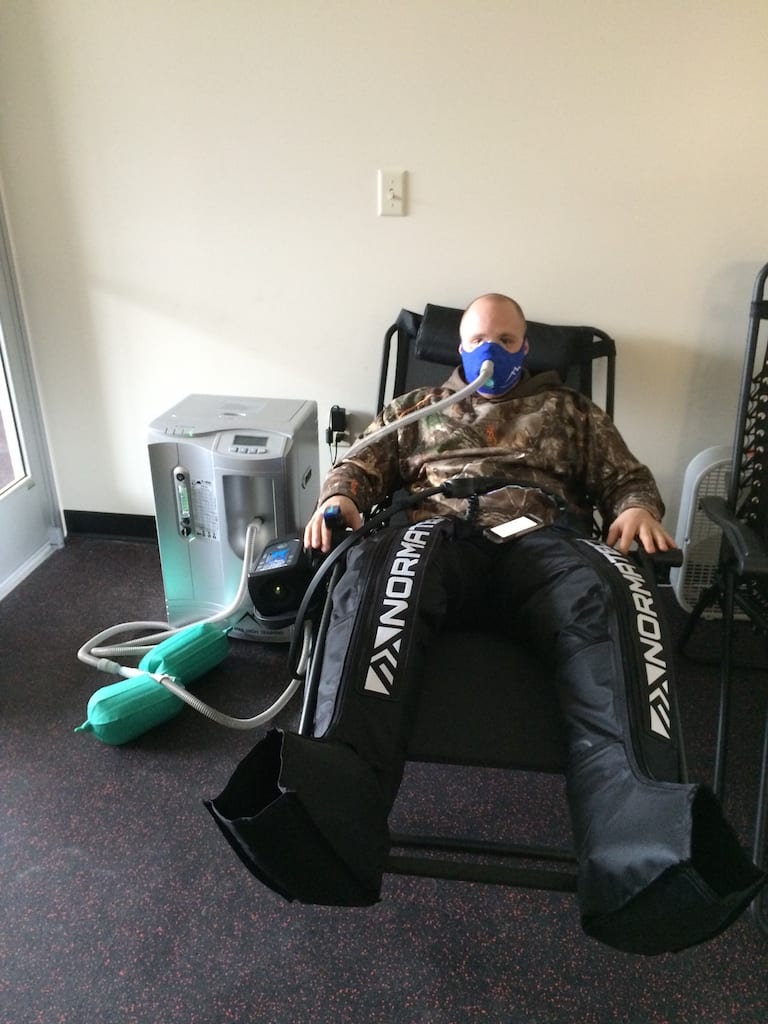

ALTITUDE AND COMPRESSION BOOTS
Combine stationary leg recovery systems with altitude exposure during your treatment sessions! Also a growing trend among pro sports teams and physical therapists, altitude exposure via IHB enables athletes to recover while at the same time stimulating the cardiovascular system. The idea is simple – sit and enjoy leg recovery while breathing low-oxygen air in 5 minute intervals. Protocols can range from 30-60 minutes and when you are done, you have just boosted your aerobic capacity, saving you time and effort down the road.
CASE STUDY – NFL FOOTBALL TEAM
Following an ACL tear by high-profile wide receiver, the Head Athletic Trainer for an Eastern division power was tasked with getting his athlete back in time for playoffs in only a matter of months.
Problem: The time-table for recovery, let alone coming back to play was about 6 months; however this trainer and athlete designed an aggressive rehab program that utilized several new methodologies. With the surgery a success, they sought to maximize physical and performance gains in the shortest time possible.
Strategy: Limit physical stress on the knee but do everything else from a strength and cardio perspective to get him back to peak fitness levels. Mile High Training helped this coach design an altitude training and intermittent hypoxic breathing (IHB) protocol to accelerate-re conditioning. Simulated altitude training with the Alter G, and IHB in conjunction with Normatec Recovery Boots were utilized as the go-to method to boost cardio output.
Results: The athlete was cleared to play by both doctors and Athletic Trainers/Strength Coaches and returned to the field for the opening playoff game and caught for more than 100 yards. The typical recovery time for this injury can range from 6-8 months, with the final 2 months spent mostly re-establishing fitness. By adding altitude as a cardiovascular stimulus, this team was able to get their best offensive weapon back in game shape and ready to play months before it was thought possible.
CASE STUDY – US OLYMPIC RUNNER DATHAN RITZENHEIN
https://www.alterg.com/case-study/stress-fracture-3rd-metatarsal.pdf
By his second year of college Dathan had endured stress fractures in each femur and junior year a stress fracture in his foot ruined his performance in the Olympic trials. The injury dashed his Olympic hopes that year when he had to drop from the 10,000 meter race. “I realized that my career was being dictated as much by my injuries as by my fitness and training.
Problem: After an MRI confirmed a break in the 3rd Metatarsal, Dathan simply wanted to return to competition as soon as possible. With the Olympics less than a year away, Dathan sought to improve his conditioning but not “over-stress” his foot as he developed his aerobic base for the following year.
Strategy: Limit physical stress on the foot, and progress slowly by adding more and more body weight to the Alter G.
Results: Upon his return to racing, Dathan set a course record at the Health Kidney 10K. This is his experience in his own words: “By adding 10 minutes of over ground running to the second training session each day I progressively, and in just 1 week, converted the second 60 minute training period to over ground running. Over the next 4 weeks I progressed back to a full training schedule without any symptoms. “I had recovered more quickly, had retained my fitness and was still on track for what I felt might be the break through performance I was capable of.”

